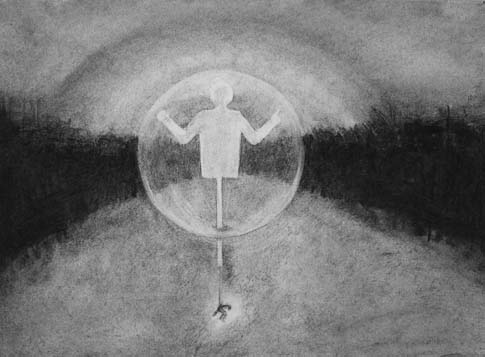[November 11, 2012
Vogelmen Diaries – Melton Prior Institut presents “special artists” (Exhibition)
Mit „Vogelmen Diaries” wird erstmalig die breite Forschungsarbeit des Melton Prior Instituts auf dem Gebiet der Reportagezeichnung im Rahmen einer Ausstellung vorgestellt. Zentrales Thema ist das zukunftsweisende künstlerische Selbstverständnis vieler früher Pressegrafiker. Die multiplen Rollen, die sie einnahmen, changierten zwischen nüchterner grafischer Berichterstattung, karikaturesker Polemik und fiktionaler Illustrationskunst. Viele waren auch, wie z.b. der einflussreiche Pressezeichner William Simpson, als Literaten und Forscher tätig. Der Titel bezeichnet zum einen die ambulanten und volatilen Aufzeichnungsweisen dieser Künstler, aber auch den halluzinogenen Grenzbereich zwischen Faktizität und Fantastik, in dem viele der gezeigten Arbeiten angesiedelt sind. Das Aufgabenspektrum und interdisziplinäre Selbstverständnis des “special artist” – so wurden die Reportagezeichner in der Frühzeit des Illustriertenwesens genannt – steht einer heutigen kontextbezogenen Kunstpraxis erstaunlich nah.
Stefan Heller: Vogelmen Diaries-Trailer, 2012
Among the central works in the exhibition is the title-giving 53-part picture poem “Pedestrian Views / The Vogelman Diary” by Robert Weaver, created in 1982, in which the artist interwove illustration-specific, philosophical and autobiographical topics in a multi-layered way, as well as the fantastic cartoon series by Thomas Nast, a “special artist” from Landau in the Palatinate, whose graphic campaigns in post-Civil War America made him the most politically effective artist of the modern era. The British reportage artist and illustration historian Paul Hogarth – a descendant of the legendary William Hogarth – is represented with his early sketchbook on Greece, “Defiant People” from 1953, in which the politically committed artist captured the precarious situation of the country threatened by foreign power interests and domestic military dictatorship in the initial phase of the Cold War.
In the exhibition, historical series of works enter into a dialogue with current works, such as the topographical series of pictures “Hemelsbreed / As the crow flies” by the Dutch archaeologist, painter and Middle East expert Theo de Feyter or the drawing cylus “Hide and Seek for Two Grand a Week” by the Canadian artist Susan Turcot, which visualises the experiences, observations and dreams of migrant workers who are active in the highly dangerous business of oil sand mining.
Susan Turcot: aus “Hide and Seek for Two Grand A Week”, 2012
Anonymer Pressezeichner: Luftschiffahrt III, 1894 (MePri-Collection)
Featuring: Thomas Nast, Robert Weaver, Theo de Feyter, Stefan Heller, Paul Hogarth, Saul Leiter und Susan Turcot Des Weiteren: Émile Cohl, Johann Wolfgang von Goethe, Constantin Guys, Monogrammist R.D., Theodor Kaufmann, Fritz Koch- Gotha, Willibald Krain, Eugen Krüger, Hans Liska, Melton Prior, Joseph Pennell, Lili Rethi, Theodor Rocholl, William Simpson, Paul Renouard, Albert Robida, František Kupka, Thomas Walch ….
Heidelberger Kunstverein, 17 November 2012 – 27 January 2013 (Opening: 16 November, 7 p.m.)


